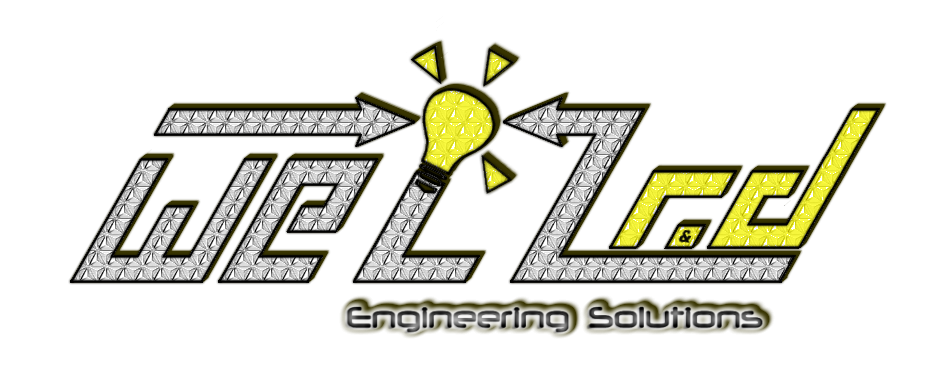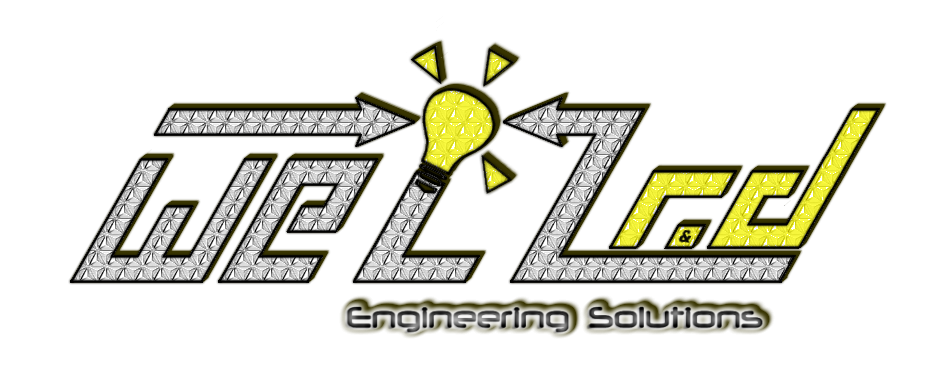R&D = innovation + optimization + learning + freedom + reinforcement
1- Innovation:
Commonly used as a main marketing argument, this notion is above all meaningful in a technical environment.
It means going further, opening new possibilities, proposing new fields of applications and new processes (in a Research step), by experimenting new methodologies, tests, components, following a wise, new and unconventional protocol for more efficiency (in a Development step).
“Innovation is a result of R&D as it consists in assembling technical multiphysical bricks following a unique and original method in order to offer creative solutions.”
2- Optimization:
Deployed upstream or in parallel of projects with usual tight requirements regarding schedule, and use of already certified and field proven solutions, R&D has a special power to compile and integrate. Indeed, thanks to a larger results database, grouping both performance reports and more specifical and extreme test measurements, as well as lessons learnt from previous experiences, R&D can prepare facilitating and optimizing solutions for the next projects within typical sets of constrains. Thus, the upgrade of existing products and the proposal of solutions matching specifications, becomes achievable for improved performances, safety, efficiency or comfort of use.
“Optimization is a result of R&D as it means offering a unique solution, fitting particular project conditions with special physical requirements”.
3- Learning:
Obviously, the final aim of Research is to find and develop sustainable solutions. However, during investigation steps, with the build-up of theoretical, numerical and experimental data, some conclusions may appear as unexpected or unintuitive. This frequently leads to a refined understanding and to discoveries sometimes crucial. For instance, a specific set of parameters would give birth to a tremendous solution, an optimized configuration, or on the opposite an over-constained one to avoid. By the way, Research always brings explanations and also raises other interrogations to finally converge towards new products, new patents, or purely to an incomparable know-how.
“Learning is a result of R&D because it is the essential step required to master and understand the physcial behaviour of the products, under all types of operating conditions and configurations.”
4- Freedom:
Thanks to the plenty of tools and their variousness, R&D allows to dare, to test, to experiment, to go further and to break through traditionnal constraints. The power of R&D is its capability to initiate disruption technology, to think out of the box, to propose differently, to overcome constraints linked to projects, regulations, or common thinking, by studying up to the limits and beyond. This drives to significant progresses by integrating, by understanding and by collecting scientific proves under extreme conditions. Increased understanding and know-how also means growing with more autonomy and getting rid of the dependance on subcontractors or suppliers. It is becoming free from intermediaries for a better control and more reactivity.
Similarly to a creative and perfectionist cooker, it is only with a permanent desire for improvements and novelties, and a strong voluntee to push the boundaries, that new receipts appear as well as new standards are fixed.
“Freedom is another side of R&D as creative breakthroughs often become possible by releasing usual a priori and overcoming constraints; and it generates new solutions that differentiate from the competitors.”
5- Reinforcement:
Direct result of the previous points, R&D enables SMEs or larger companies to reinforce its database, to better organize it, to increase technical knowledge as well as the solution offers; and to validate choices in order to accelerate the decision making.
Thus, a better global understanding allows a larger autonomy, an upgraded responsiveness to customers, sustainaible targets over a long term vision, a progressive and continuous preparation of the technological transition, a leadership over the competition, and an optimized budget control during fabrication steps (CAPEX) as well as through maintenance phases (OPEX).
“By managing accurately and optimally know-how and related costs, R&D enables to reinforce technological leadership with permanent upgrades.”

